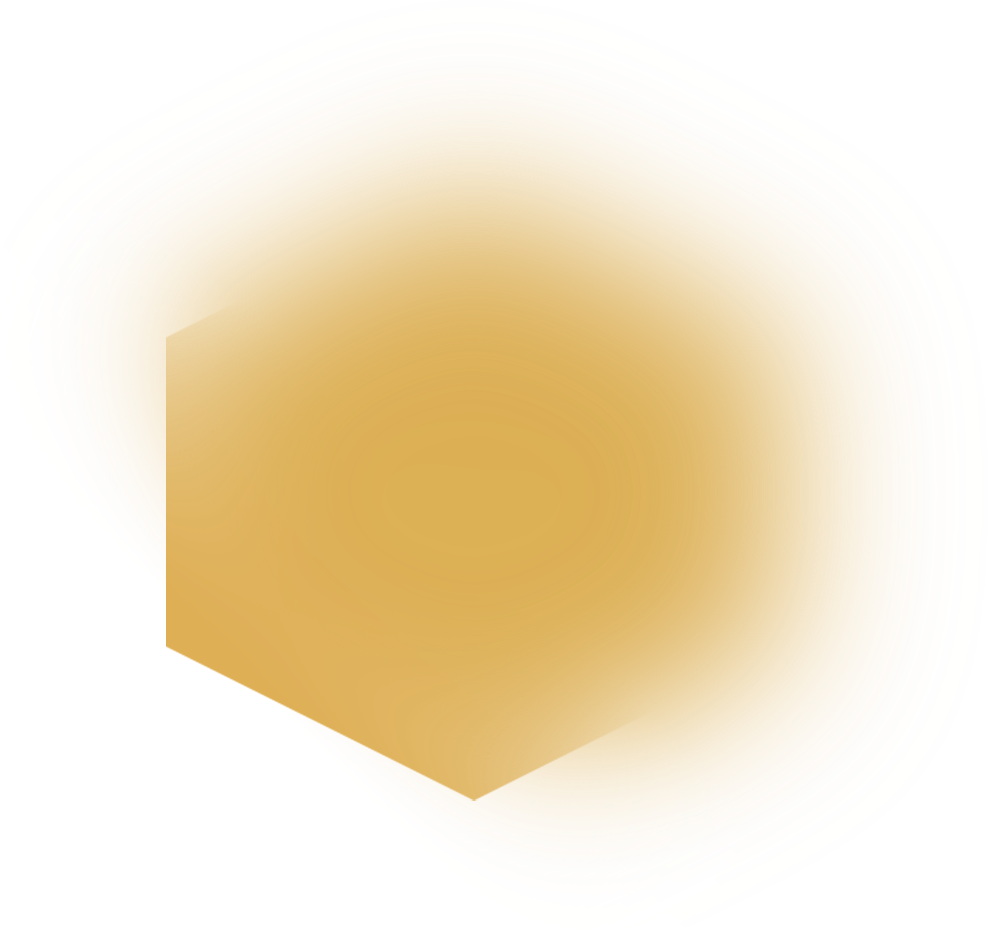Our Discovery is the Work of a Thousand Scientists
As told by Kip Thorne
I was born on June 1, 1940 in Logan, Utah, USA, and grew up there. It was a small, green valley in the Rocky Mountains with deep snow in winter. I wanted to become a snow plough driver, because that seemed the most wonderful and powerful job in the world. But when I was eight my mother took me to a lecture about the solar system and I fell in love with astronomy. Then at age thirteen, I discovered the book ‘One Two Three … Infinity’ by the physicist George Gamow, and reading it, I fell in love with theoretical physics and cosmology. So here I am, today, sixty-three years later: a theoretical physicist who loves astronomy and cosmology.
Kip S. Thorne (Photo: Peter Bagde).
I have three sisters and a brother, and we are close friends. We connect by email or telephone or Skype several times a week. All of our ancestors, on all genealogical lines joined the Mormon church and moved to Utah before the completion of the railroad in 1869: on foot, by horse or by wagon. However, shortly before her death, our mother urged us all to leave the Mormon church because of its discrimination against women, and we all left, breaking our ties to our ancestral past.
Our mother, Alison Thorne, was a community activist who tried to make life better for migrant farm workers, poor children, and women in a male-dominated Mormon community. When she passed away, there was a giant headline in the local newspaper: Old Radical Dies! Our father, Wynne Thorne, a soil chemist, brought science to the agricultural community he had been reared in — and later in life, he brought science to farmers in Iraq, Iran, Libya, Pakistan, India and Russia.
Close friends
I have married twice: Linda Thorne (for 15 years), the mother of my two children Kares and Bret; and more recently Carolee Winstein (for 34 years). Linda, Carolee, our children and I are all close friends. Linda is a plant physiologist and artist; Carolee is a biokinesiologist (she designs and directs clinical trials of techniques to help stroke victims recover their control of physical motions). Kares was an actress for a few years and now writes computer software for a large cosmetic company. Bret is an architect and contractor, and his daughter (my granddaughter) Larisa is beginning her third year as a PhD student in physics at Carnegie Melon University.
I studied physics at the California Institute of Technology (Caltech) from 1958-62 and at Princeton University from 1962-66. At Princeton, Professor John Wheeler inspired me and guided me in research about black holes and neutron stars, and Professor Joseph Weber (a visitor from Maryland) inspired me about gravitational waves and experiments to search for them. So, naturally, in 1968, when I returned to Caltech as a professor, I built a small research group (about six PhD students and three postdoctoral students), focused on theoretical research about black holes, neutron stars, and gravitational waves.
The three astrophysics laureates on stage at the ceremony in Oslo; from left Ronald W.P. Drever's representative, Rainer Weiss and Kip S. Thorne (Photo credit: Thomas Brun, NTB Scanpix)
Gravitational waves
In 1972, together with my students and colleagues, I began to develop a vision for the science that could be done with gravitational wave detectors: the sources of waves that might be observed, and the information that might be extracted from the waves. That same year, Rainer (Rai) Weiss at MIT wrote one of the most remarkable scientific papers I have ever read: a detailed analysis of the laser interferometer gravitational wave detector that he had invented — an analysis, in which he identified all the major forms of noise that such an interferometer would encounter, he explained how these noises could be controlled, and he estimated the resulting sensitivity that could be achieved. I was unaware of this paper until a year later, and in my ignorance I was so sceptical of Rai’s interferometer idea that I described it as “of little experimental interest” in the textbook Gravitation that I co-authored with John Wheeler and Charles Misner. How foolish I was! I have spent most of the rest of my professional life helping Rai, Ronald (Ron) Drever, and our colleagues perfect these interferometers (our LIGO Project), and with the interferometers, discover gravitational waves.
Large team
Our discovery is the work of a thousand scientists and engineers in many nations around the world, and the real credit for the discovery belongs to them, to our whole team! I am proud to have co-founded our LIGO Project (with Rai and with Ron), and am lucky but uncomfortable to have become an icon for our Project and my thousand collaborators.
In the early 2000s, I withdrew from detailed participation in LIGO so as to create (with Saul Teukolsky of Cornell University), the SXS Project to simulate gravitational wave sources on computers. The SXS simulations were crucial for extracting the information carried by the gravitational waves that LIGO has discovered.
Since 2009 I have turned much of my effort to a very different direction: collaborations with artists, musicians and film makers — collaborations aimed at inspiring people, young and old, about science. Christopher Nolan’s movie Interstellar was one fruit of these collaborations.
Wild dancing
These artistic collaborations are, in some deep sense, my primary hobbies. My wife and I also enjoy travel and scuba diving. We used to ski and skateboard, but our intense professional lives (and our aging bones) have gotten in the way of that in recent years, so our principal exercise now is just working out at a gym twice a week — and wild dancing at clubs.
The three astrophysics laureates on stage at the ceremony in Oslo with their awards; from left: Ronald W.P. Drever's representative, Rainer Weiss, Kip S. Thorne and His Royal Highness Crown Prince Haakon (Photo credit: Thomas Brun, NTB Scanpix)


